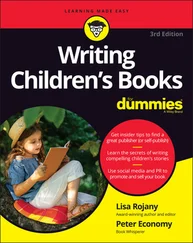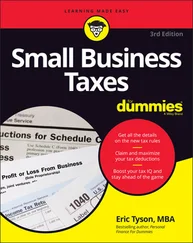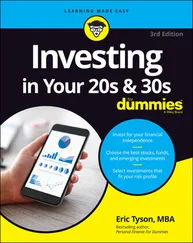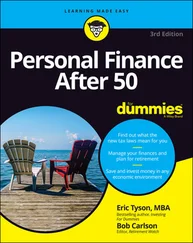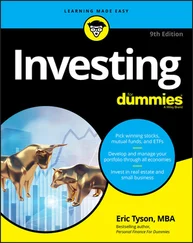1 ...7 8 9 11 12 13 ...25 For example, as the supplies of easily accessible oil and natural gas have run out, it’s become harder and harder to find plentiful sources of those resources. Energy companies have had to drill deeper and go further offshore, and employ riskier techniques, such as fracking, to scrape up the last bits. As a result, the oil and gas they now extract is less pure, of lower quality, and more expensive to find.
 Because nearly all linear systems either are powered by fossil fuels or use them to manufacture their products, products grow more expensive and difficult to produce. Costs rise, prices follow and rise, and consumer spending is affected. It’s difficult to keep running a linear economy when your key materials are volatile in price and availability.
Because nearly all linear systems either are powered by fossil fuels or use them to manufacture their products, products grow more expensive and difficult to produce. Costs rise, prices follow and rise, and consumer spending is affected. It’s difficult to keep running a linear economy when your key materials are volatile in price and availability.
The linear economy depends on the wrong assumptions: an endless supply of cheap, abundant energy and materials. Now that those things are no longer true, companies are starting to question their original assumptions and to transform from a linear economy to a circular one.
No other material is as troublesome as plastic. A whopping 8.3 billion metric tons of plastic was produced in the past century, and half of that was designed to be used only once. Let’s look at the impact of all that plastic:
Ninety-one percent of plastic isn’t recycled, and 79 percent is sitting in landfills.
Most of the products discarded in curbside recycling bins end up not being recycled because of food contamination.
The rapid increase in plastics manufacturing has doubled roughly every 15 years.
Plastics production has outpaced nearly every other human-made material.
Plastic takes more than 400 years to degrade, so most of it still exists.
By 2050, if trends continue, landfills will hold 12 billion metric tons of plastic. That amount is 35,000 times as heavy as the Empire State Building.
Half of all plastic becomes trash in less than a year, whereas half of all steel remains in use for decades.
One million plastic drinking bottles are purchased every minute.
Humans produce about 330 million tons of plastic waste every year.
The amount of plastic produced annually is nearly equivalent to the weight of the entire human population.
By 2050, the plastics industry could account for 20 percent of the world’s total oil consumption.
Nine million tons of plastic end up in the world’s oceans every year.
If current trends continue, the oceans could contain more plastic than fish by 2050.
We’re not importing this stuff from space
Everything you’ve ever bought, everything you’ve ever owned, everything you’ve ever touched, is still here. It’s right here sitting on Planet Earth. If you don’t know where it is, that’s probably because you threw it away. But where is “away”?
“Away” is an imaginary place — or so we humans tell ourselves in order to feel better about all the waste we’ve created. In reality, “away” is probably a landfill somewhere in the world, where your stuff is sitting and waiting while it slowly breaks down over hundreds of years and drips toxic chemicals into the soils and waterways. “Away” doesn’t exist anywhere else.
The only resource we humans get from outside the bounds of Earth is an abundance of free sunlight, coming in from 93 million miles away. No one is making a killer line of shoes made from asteroids. Not a single company is designing handbags made from the soils of Mars. Everything we humans make is made right here from stuff found on Earth, and we’re simply using up everything.
Recently, scientists from the Weizmann Institute of Science in Israel reported that the weight of all the human-made stuff (things we’ve produced) outweighs the weight of all living things on Earth. Apparently, all the buildings, cars, toys, avocado slicers, and every other item we’ve made now weighs more than the remaining life on the planet.
Many of the resources typically extracted are materials that have a finite amount, such as coal, natural gas, oil, sand, iron ore, stone and minerals. As supplies of these resources begin to dwindle, humans have been forced into recycling them, to make new products.
Other natural resources we harvest can be replenished but often aren’t, such as trees, plants, fish, and animals. The demand for these items has increased so much that the source is often destroyed in order to reach them — forests are clear-cut, animals go extinct, or the entire ecosystem is damaged. Humans are just starting to look at sustainable management practices for forests, waterways, fisheries, and habitats.
All this fishing, hunting, gathering, drilling, mining, farming, chopping, excavating, digging, and harvesting has finally brought us to one inescapable conclusion: Earth is the only planet we have, and we have to better manage how we use it.
Scientists estimate that it would take five Planet Earths to support humans if everyone consumed the same as a typical American. Let’s look at two simple examples of US consumption — the typical soda can and the typical plastic bag:
Soda can: That soft drink you’re holding in your hand seems like the perfect container. It’s cool to the touch, easy to open, easily stackable, and easy to hold. But that can is made from aluminum, which is made from mining clay-ore bauxite out of the ground — a nonrenewable resource. Bauxite is typically mined in Australia and Brazil and ships all over the world, where it’s manufactured into aluminum. That process is toxic and produces a significant amount of waste — about five tons for every ton produced. The can has only a 1-in-3 chance of getting recycled. Plus, it’s lined with plastic, which makes it harder to recycle, and that plastic leaches toxic chemicals into the soda you drink. The saddest part: That soda can you're holding had a useful life of only six months from the time it was packaged to the time you drank it.
Plastic bag: That plastic bag the cashier just handed you is made from oil, which means it’s a nonrenewable material and difficult to recycle. It’s one of 500 plastic bags you’ll use this year, and it has a useful life of about ten minutes from the time you leave the store to when you get home and throw it away. Fewer than 10 percent of these bags get recycled, and most end up polluting our waterways instead.
Everyone keeps having kids
Though the resources on the planet are finite and limited, the population keeps increasing, which is driving demand for more and more stuff. As a result, there’s a direct link between population growth and the size of our human impact on the environment.
 As you have more children, you increase your environmental footprint (your impact) in terms of the waste produced, food consumed, energy required, and carbon emissions released. It makes sense: more people, more stuff needed.
As you have more children, you increase your environmental footprint (your impact) in terms of the waste produced, food consumed, energy required, and carbon emissions released. It makes sense: more people, more stuff needed.
In a study from Oregon State University, they found that not having an extra child in your family is the most effective thing you can do to reduce your environmental footprint. This choice was 20 times more impactful than any other green action you take in your life, including becoming a vegan or driving an electric car or using solar power in your home. (See Figure 2-2.)
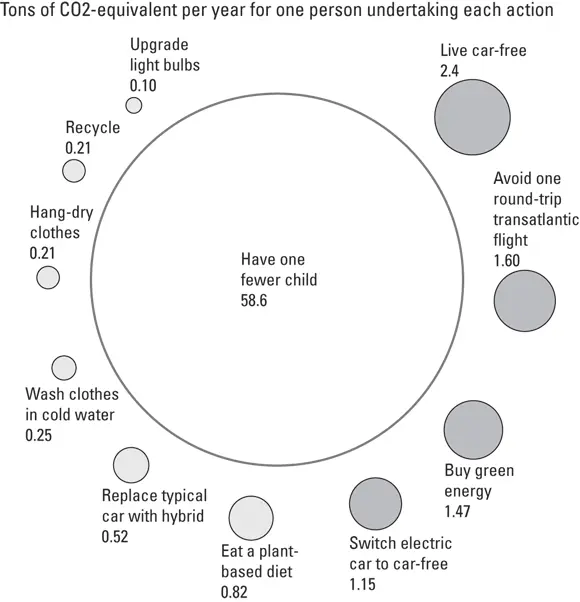
FIGURE 2-2:Having one fewer child, which saves 65 tons of carbon emissions per year, is the greenest thing you can do, compared with other lifestyle choices.
Читать дальше
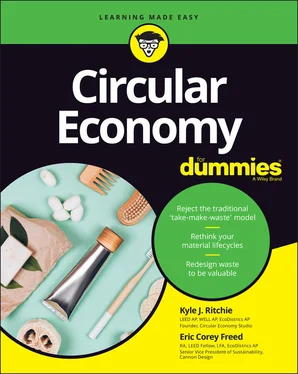
 Because nearly all linear systems either are powered by fossil fuels or use them to manufacture their products, products grow more expensive and difficult to produce. Costs rise, prices follow and rise, and consumer spending is affected. It’s difficult to keep running a linear economy when your key materials are volatile in price and availability.
Because nearly all linear systems either are powered by fossil fuels or use them to manufacture their products, products grow more expensive and difficult to produce. Costs rise, prices follow and rise, and consumer spending is affected. It’s difficult to keep running a linear economy when your key materials are volatile in price and availability.

